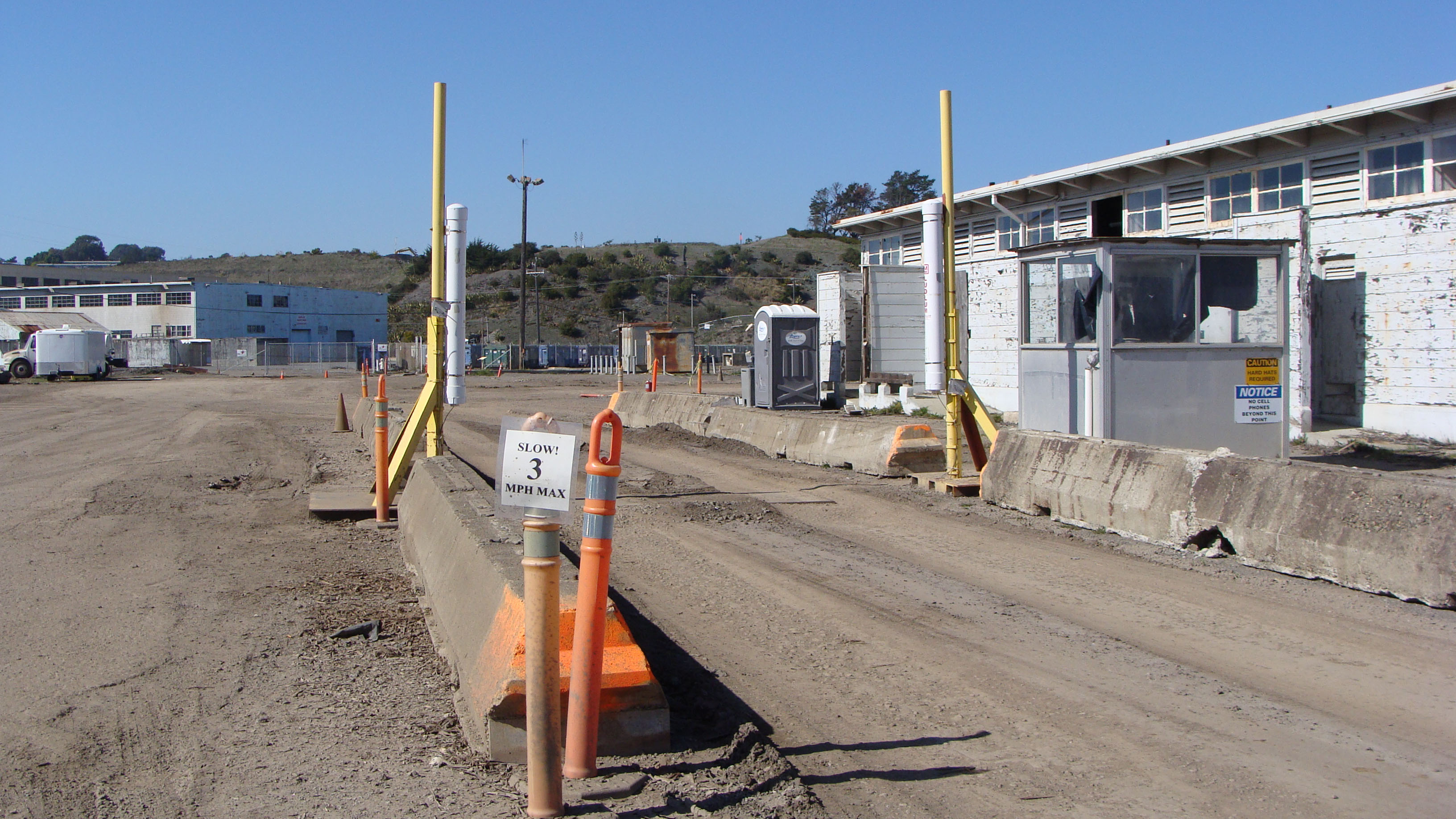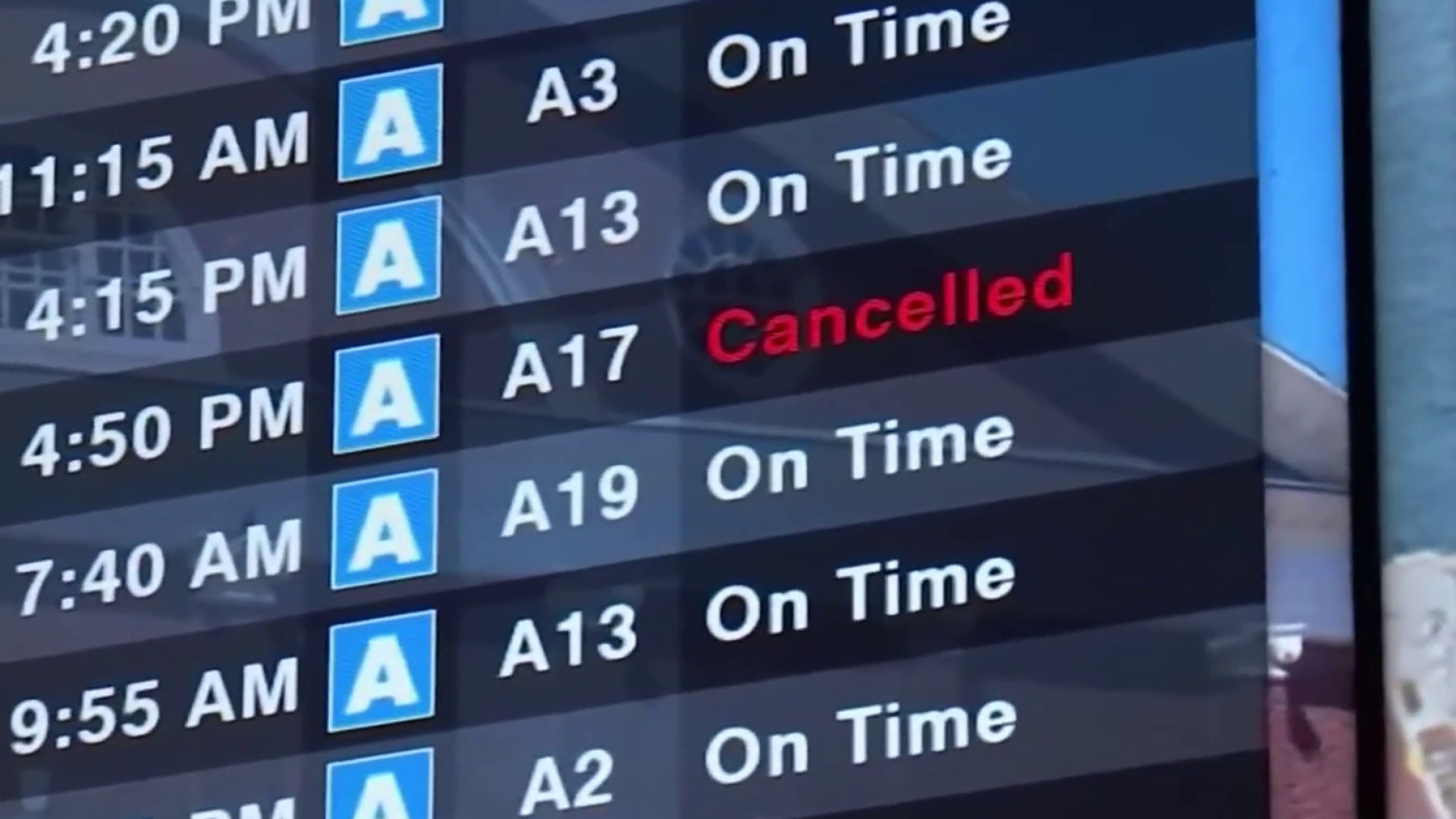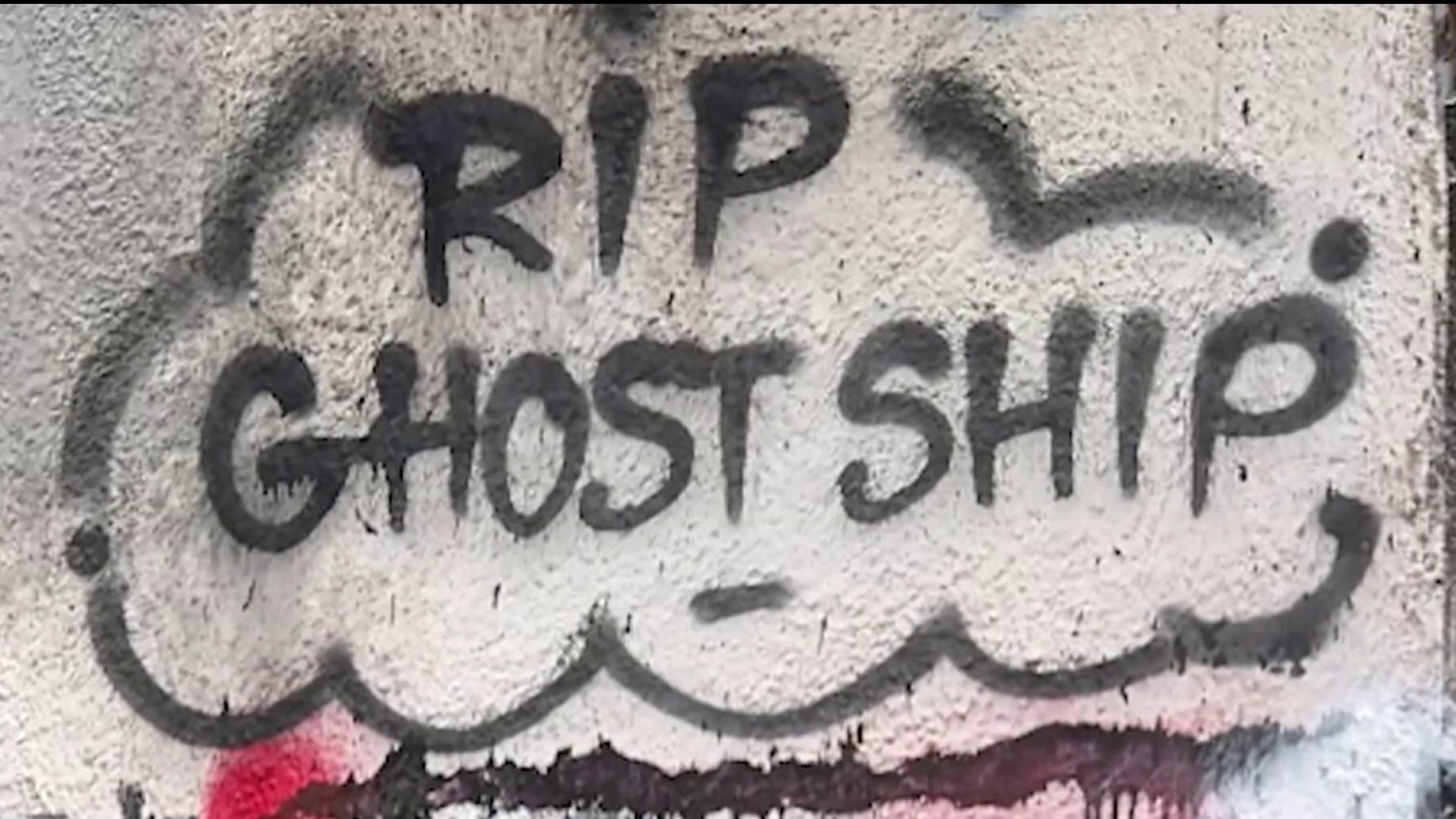Taxpayers have spent nearly a quarter of a billion dollars on the toxic cleanup of Hunters Point, a prime piece of land along the southeastern shore of San Francisco. The former naval shipyard, which was once used as a research and testing lab for nuclear weapons, is now undergoing a renaissance. The city plans to turn the 800-acre site into a development mecca complete with new parks, retail stores and homes.
It is a massive project that’s decades in the making, but two high-level former technicians with intimate knowledge of the remediation effort say the cleanup is being botched and that the health and safety of the public is at risk because of it. Both say they wouldn’t live in or even visit the development planned for the site. In February, the Investigative Unit exposed that current workers also question the radiological cleanup of Hunters Point.
“It’s playing Russian Roulette with the health and wellbeing of the general public, the people that handle it, and the environment,” said Bert Bowers, a former radiation safety officer hired by Tetra Tech, the Navy contractor overseeing the cleanup of Hunters Point. He was tasked with maintaining compliance with federal mandates relevant to radiation protection and the management of radioactive materials.
Bowers has worked at nuclear plants and radiological remediation sites across the country, and even worked as a radiation protection officer with the U.S. Department of Energy. He said compared to other projects, what he experienced at Hunters Point “was the most egregious violation of standard protocol” he had encountered in his 35-year career.
Bowers claims he witnessed violations including the improper storage of radiation detection devices and inadequate signage and barriers to keep the public away from potentially radioactive areas that hadn’t been cleared.
“Someone from the general public could walk in, unabated, get it [contaminants] on their clothes, their person, eat the food,” Bowers said. “They could have had an intake of radioactive contaminants and it would never have been caught or avoided.”
Local
In December 2010, when the project was supposed to be in the middle of a two-week shutdown, Bowers took photos of what he says are trucks and tanks hauling dirt and contaminated water from San Francisco and through the Bay Area without being tested for radiation or cleared for disposal. He detailed his findings in emails to Tetra Tech managers.
“Those Baker Tanks were posted with radiological contents and radioactive water,” Bowers said. “Surveys of water results had never come across my desk for release. Additionally, anything that leaves the site of that magnitude is supposed to go to a radiation detection device as part of a base wide procedure requirement established by the Navy.”
He said company culture changed from one in which safety was paramount to one that favored production and cost-savings. Ultimately, Bowers said the public can’t be confident that soil leaving Hunters Point and the remaining soil to be used as backfill underneath the planned development—is radiation-free.
“It’s been botched,” he said. “It’s been botched.”
Standard operating procedure dictates that before a truck leaves the job site it must pass through a “portal monitor” to get screened for radiological contamination. The sensors would determine whether the soil was clean or radioactive, and ultimately where the dirt was to be disposed of.

Internal manuals obtained by the NBC Bay Area Investigative Unit show that the sensitivity of the portal monitor was decreased below the manufacturer’s specifications. The “detector alarm set point” was raised to “8.5 deviations above background” in 2011 from the original “6 deviations above background” in 2008.
Susan Andrews, a radiation safety technician who worked at Hunters Point under Bowers, claims that change in protocol lowered the amount of radiation the portal monitor would detect.
“It says they are trying to get dirt out that’s contaminated that should never have left Hunters Point,” Andrews said. “It’s not right. They can’t be shipping potentially contaminated soil as clean landfill into the City of San Francisco. This can’t be done.”
Even with the decrease in the sensitivity of the portal monitor, Andrews said she documented trucks that left the site with potentially radioactive material that “never passed the portal monitor.” She began tracking the trucks that left Hunters Point in a logbook, which she shared with the Investigative Unit. According to her journal, in just one week in October 2011 more than 70 trucks “failed the portal monitor” but were still “released to go off site.”
Both Andrews and Bowers say they witnessed other questionable behavior from the failure of workers to properly secure potentially radioactive areas from public access to the promotion of unqualified personnel to senior, safety-sensitive roles.
Andrews said she raised questions to one of her superiors but he told her to “hush up” and “take the money and go home when the project” is complete.
“I don’t care where I live,” Andrews said. “Wrongdoing is wrongdoing. We’re all Americans. It shouldn’t be done.”
After sharing their concerns within the company, they took them to the Nuclear Regulatory Commission (NRC) and submitted 30 formal complaints between them to the agency.
The Investigative Unit obtained NRC reports that indicate regulators traveled to Hunters Point for three days in March 2011 and January 2012 to investigate Bowers’ and Andrews’ claims. The reports show that in each instance, inspectors were unable to substantiate the allegations.
Bowers believes that the NRC did not investigate his claims thoroughly enough. Andrews says she feels betrayed by the NRC because she believed the agency has the authority to put a halt to the violations she says she witnessed.
“As an American, I believed in the NRC,” she said. “I’m not so sure I believe in them anymore.”
Shortly after Bowers reported his concerns to the NRC in January 2011, he lost his job with Tetra Tech. Andrews also lost her job after she contacted federal regulators in October 2011. Both claim it was retaliation.
Bowers and Andrews along with two other former workers at Hunters Point are suing Tetra Tech because they content they were fired for raising concerns. Tetra Tech has filed an answer denying those allegations.
Both Tetra Tech and the NRC declined interview requests by the Investigative Unit. Navy representatives also declined interview requests saying it is “inappropriate for the Navy to comment on ongoing litigation between third parties.”
Read the Navy's statement here.
When asked if they would live at Hunters Point in the future, both Bowers and Andrews responded that they believe the site can be cleaned up correctly eventually but the way it stands now, “absolutely not.”
“I wouldn’t go there, I wouldn’t take my grandchildren there, I wouldn’t walk my dog there,” Andrews said. “It’s a beautiful area and it can be beautiful once it’s cleaned up, but it’s not being cleaned up right.”
If you have a tip for the Investigative Unit email theunit@nbcbayarea.com or call 888-996-TIPS.
function isMobile () { if( navigator.userAgent.match(/iphone/i) || navigator.userAgent.match(/ipad/i) || navigator.userAgent.match(/android/i) || navigator.userAgent.match(/blackberry/i) || navigator.userAgent.match(/android/i) ) { return true; } return false; } if (isMobile()==true) { var myClassNumber = document.getElementsByClassName('myCaption'); for(var i = (myClassNumber.length - 1); i >= 0; i--) { myClassNumber[i].style.visibility="hidden"; } }


